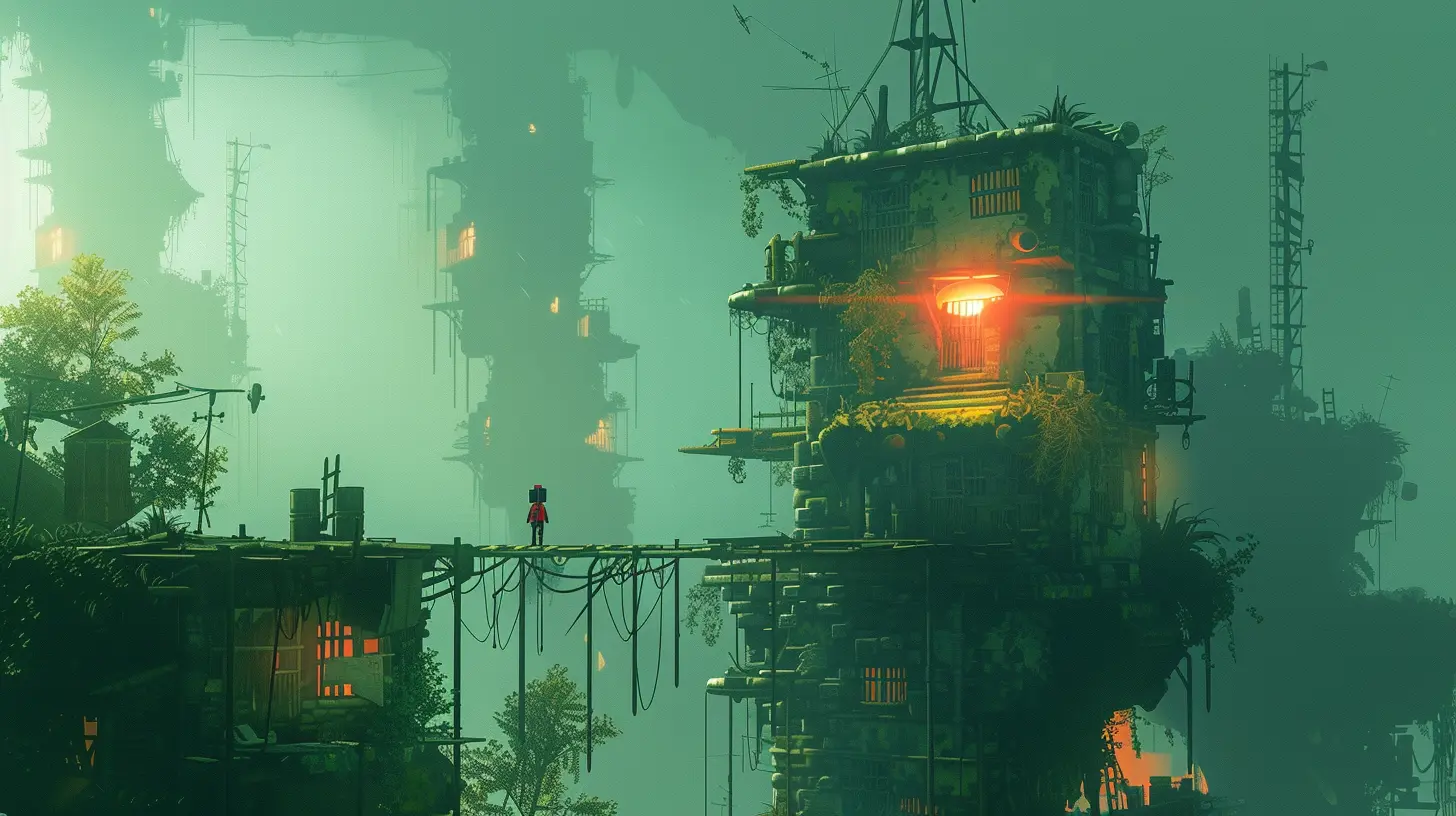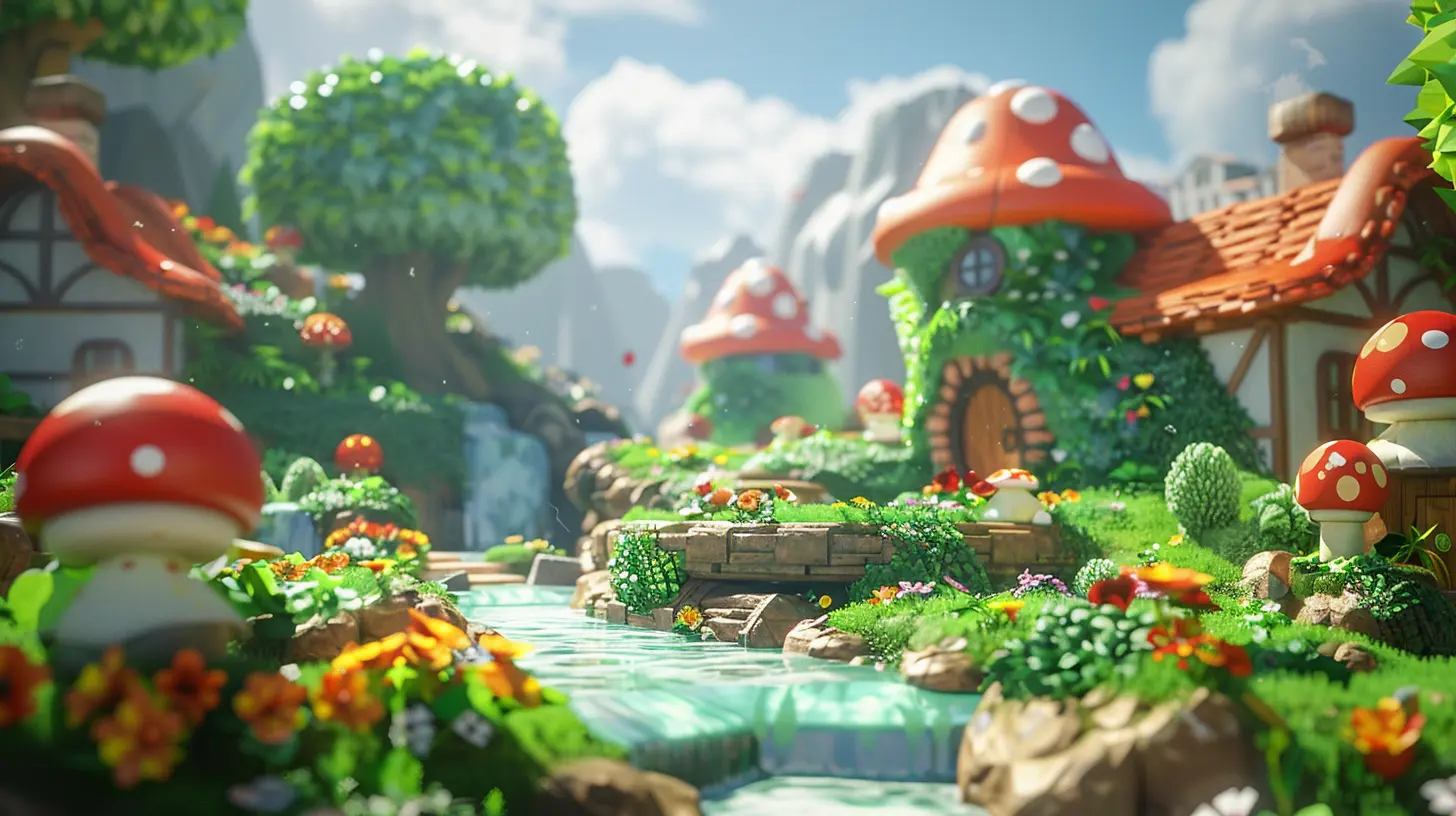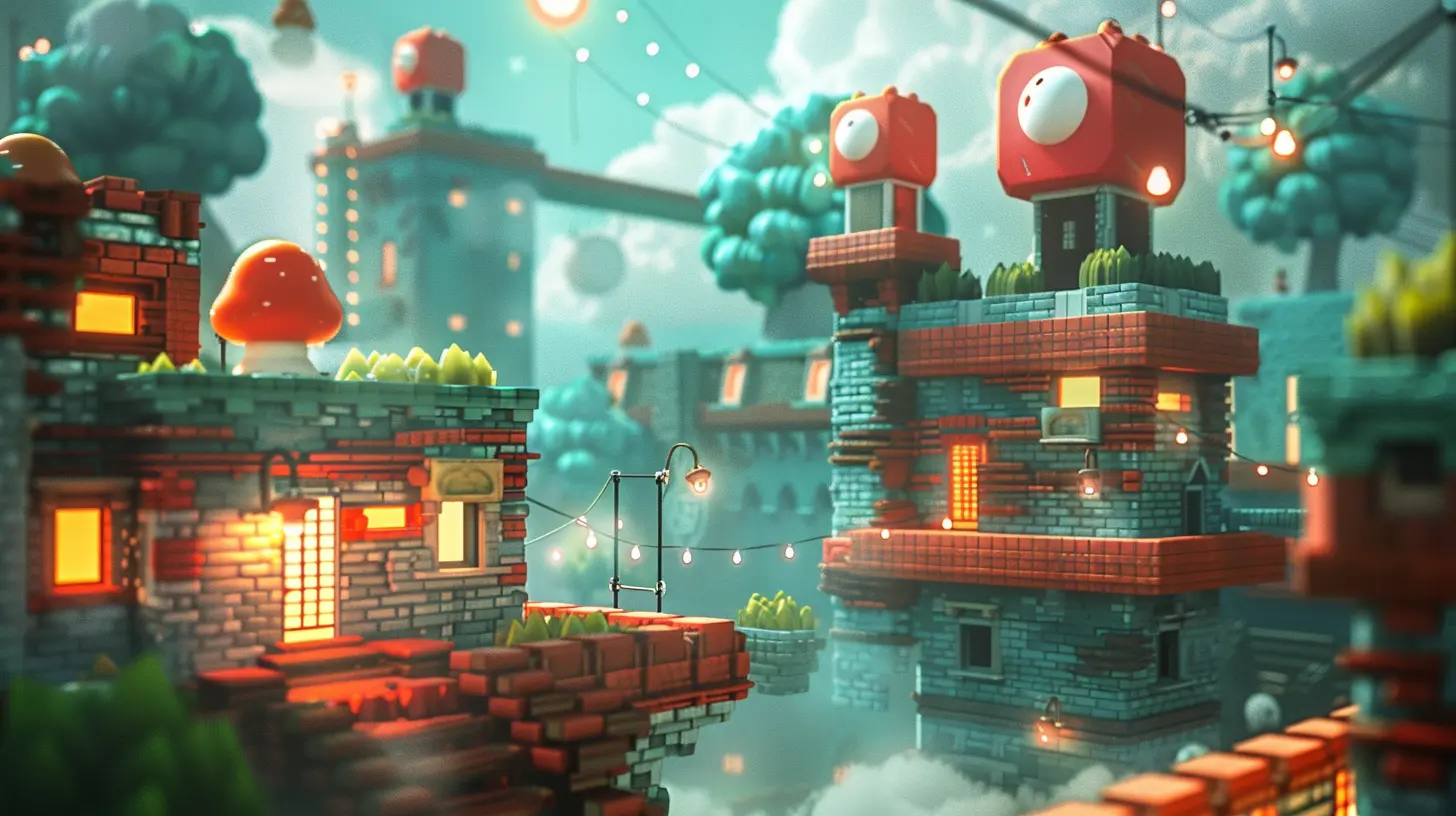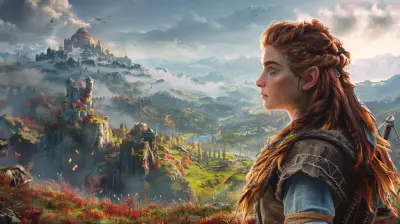Platformers and Accessibility: Making the Genre Inclusive for All
24 September 2025
Platformer games have been around for decades, and they’ve left a massive footprint in gaming history. Think back to the days of jumping on Goombas, swinging across vines, and dodging pixel-perfect traps. From the pixelated charm of Super Mario Bros. to the lush worlds of Ori and the Blind Forest, platformers continue to be a favorite for gamers of all ages.
But let’s be real—traditional platformers haven’t always been the most welcoming genre. High precision, fast reflexes, and tight timing aren’t exactly the friendliest features for everyone. So the big question is: how can we make platformers more accessible without stripping away what makes them fun?
Let’s dive into how developers are redefining the genre, the challenges they face, and what the future looks like for making platformers inclusive for all gamers.
Why Accessibility in Games Matters (Especially for Platformers)
Before we get into the nuts and bolts, let’s look at the bigger picture. Accessibility in gaming isn’t just about adding a few options in the menu. It’s about creating an experience where as many people as possible can play and enjoy the game. Gaming should be for everyone—not just the folks with lightning-fast reflexes or perfect vision.Now, platformers are notorious for being tough. The genre thrives on timing, pattern recognition, and sometimes just plain trial and error. That can make it a no-go zone for players with motor disabilities, cognitive challenges, or visual impairments. So, bridging that gap is essential if we want to keep platformers alive, thriving, and truly inclusive.
Common Barriers in Platformers
Here's where things start to click—or don't, if you're facing any obstacles. Several core mechanics in platforming games can be problematic for some players:1. Precision Timing
Jumping at the exact right moment? That’s the bread and butter of platformers. But for players with limited motor skills, hitting that tiny window can feel impossible.2. Complex Controls
Multi-button combos and rapid-fire inputs often cause frustration. Even seasoned gamers sometimes fumble—now imagine doing that with limited hand mobility or only one functioning hand.3. Visual Clutter and Small UI
Bright, colorful, chaotic? Fun, sure. But if you have a visual impairment, it can be overwhelming or completely unreadable.4. No Checkpoints or Save States
Dying and starting all over again? While it's a hallmark of the genre, this feature can be a deal-breaker for players who don’t have the stamina or motor control for long play sessions.
Making Platformers More Accessible: What’s Being Done?
The good news? Developers are catching on. More and more, we’re seeing accessibility take center stage—not just as a buzzword, but as a design philosophy.Here are some of the most effective and innovative ways game studios are opening up the platforming genre.
1. Customizable Controls
Allowing players to fully remap controls is a game-changer—literally. Whether you're using a specialized controller or playing one-handed, having the freedom to adjust button layouts makes games playable in ways that weren’t possible before.Games like Celeste and Hollow Knight have implemented control mapping to great effect. And you know what? It doesn’t affect the challenge for others—it just lets more people in on the fun.
2. Assist Modes
Assist modes are like your platforming safety net. These features let you slow down time, add invincibility, or allow infinite jumps. Sure, some folks may call it “cheating,” but for others? It’s the only way in.Take Celeste again—it knocked it out of the park with its Assist Mode. You could toggle features without judgment, and the devs made it clear that it's all about playing your way. That’s a beautiful thing.
3. Visual & Audio Cues
Adding features like screen outlines for enemies, vibration feedback, or even audio cues helps players with visual or auditory impairments stay in the game.Some games, like Ori and the Will of the Wisps, use contrast and lighting to guide the player without even realizing it. It’s subtle, but incredibly helpful.
4. Adaptive Difficulty
Static difficulty settings are old news. Dynamic, real-time difficulty adjustment based on player performance? Now we’re talking.This keeps the tension and excitement while making sure frustration doesn’t creep in. Games like Donkey Kong Country: Tropical Freeze offer Funky Mode (yes, it’s as cool as it sounds), giving players more health and mobility without stripping the fun.
5. Subtitles and UI Scaling
Sounds basic, right? But clear, readable subtitles and scalable UI make a world of difference. Games are finally catching up and realizing that accessibility starts with legibility.
Indie Games Leading the Way
Big studios might have the budget, but indie developers are often the pioneers of accessibility. Why? They're close to their communities and quick to respond to feedback.Games like A Short Hike and Celeste prove that you can pack accessibility and charm into a tight, beautiful package. Indie devs aren’t afraid to experiment, and that often leads to more inclusive systems across the board.
And let’s not forget The Messenger or Fez. These games show just how much depth and accessibility you can bake into a platformer without sacrificing creativity or challenge.
What Players with Disabilities Are Saying
Honestly, we can talk about features all day, but hearing directly from gamers with disabilities drives home the real impact.Some players say assist modes let them finish a game for the first time ever. Others say control customization is what got them back into gaming after an injury. These stories matter—and they highlight just how crucial inclusive design really is.
And here's something else worth saying: accessibility helps everyone. Ever played a game with one hand while holding a cup of coffee in the other? Then you’ve benefited from one-handed control options. Accessibility isn’t just for folks with disabilities—it’s for everyone.
The Challenges Ahead
Let’s not sugarcoat it: not all studios are getting it right. Some games still treat accessibility like an afterthought—something to patch in later, if at all.Why? Sometimes it’s due to budget, other times it’s lack of awareness. But often, it’s because developers fear it’ll compromise the “intended challenge.” But accessibility isn’t about making games easy—it’s about making them fair.
It’s like adding wheelchair ramps to a building. It doesn’t change the structure; it just means more people can enter.
What the Future Looks Like
The future? It's looking bright. Hardware companies like Xbox are investing big in accessible controllers. Platforms like Steam are letting users filter games by accessibility features. And more developers are considering inclusion from day one.We’re also seeing better accessibility testing, more disabled gamers joining dev teams, and the rise of consultants who specialize in accessible design. That’s a massive step forward.
If studios keep listening, iterating, and designing with empathy, the platformer genre can become a playground for everyone—not just the elite few with twitch-reflexes and perfect health.
Tips for Developers: Designing Accessible Platformers
If you're a game dev—or aspiring to be one—here are some key takeaways:- Start with an inclusive mindset: Don’t tack on accessibility later. Bake it in from the get-go.
- Offer options, not assumptions: Let players toggle what works for them. You don’t know their situation.
- Test with a diverse group: Real feedback from real players will unveil blind spots in design.
- Communicate clearly: Explain assist features in a non-judgmental way. No one should feel bad for using them.
- Stay open and keep updating: Accessibility isn’t a one-and-done checklist—it’s an ongoing conversation.
Wrapping It Up
At its heart, platforming is all about overcoming obstacles. How poetic, then, that the genre is now overcoming its own—by becoming more accessible, more inclusive, and more fun for a broader range of players.Sure, there’s still work to do. But the progress so far? It’s promising. Whether you're a seasoned gamer, someone returning after a break, or diving into the genre for the first time—platformers are slowly opening their doors a little wider. And honestly? It's about time.
So next time you boot up a platformer, whether it’s a retro classic or a brand new indie title, take a second to look at the options menu. You might just see the future of inclusive gaming right there.
all images in this post were generated using AI tools
Category:
Platformer GamesAuthor:

Tina Fisher
Discussion
rate this article
1 comments
Meagan Williams
What a fantastic read! It's heartwarming to see how platformers are evolving to welcome everyone into their vibrant worlds. Inclusivity not only enhances gameplay but also fosters a stronger community. Let's keep pushing for accessible design so that everyone can jump, dash, and explore together—fun knows no bounds! 🎮✨
September 26, 2025 at 3:14 PM

Tina Fisher
Thank you for your thoughtful comment! I'm glad you found the article inspiring—let's continue to champion inclusivity in gaming together! 🎮✨


